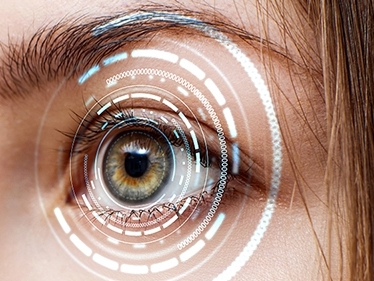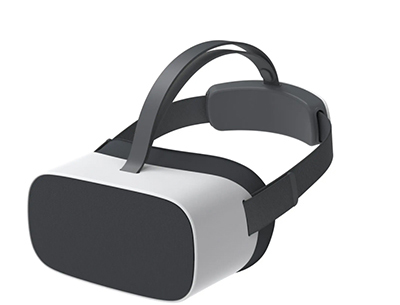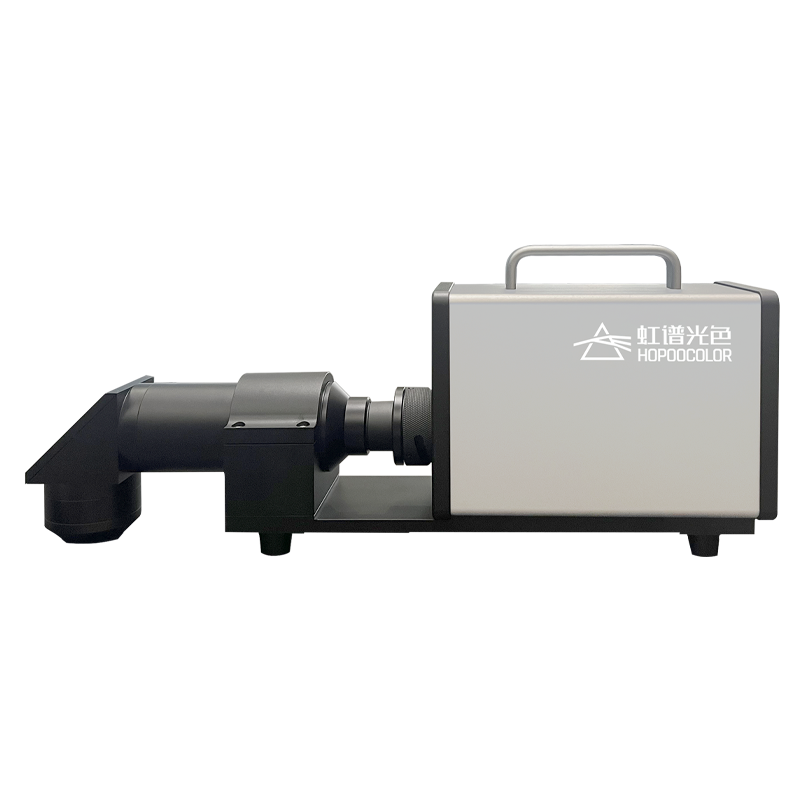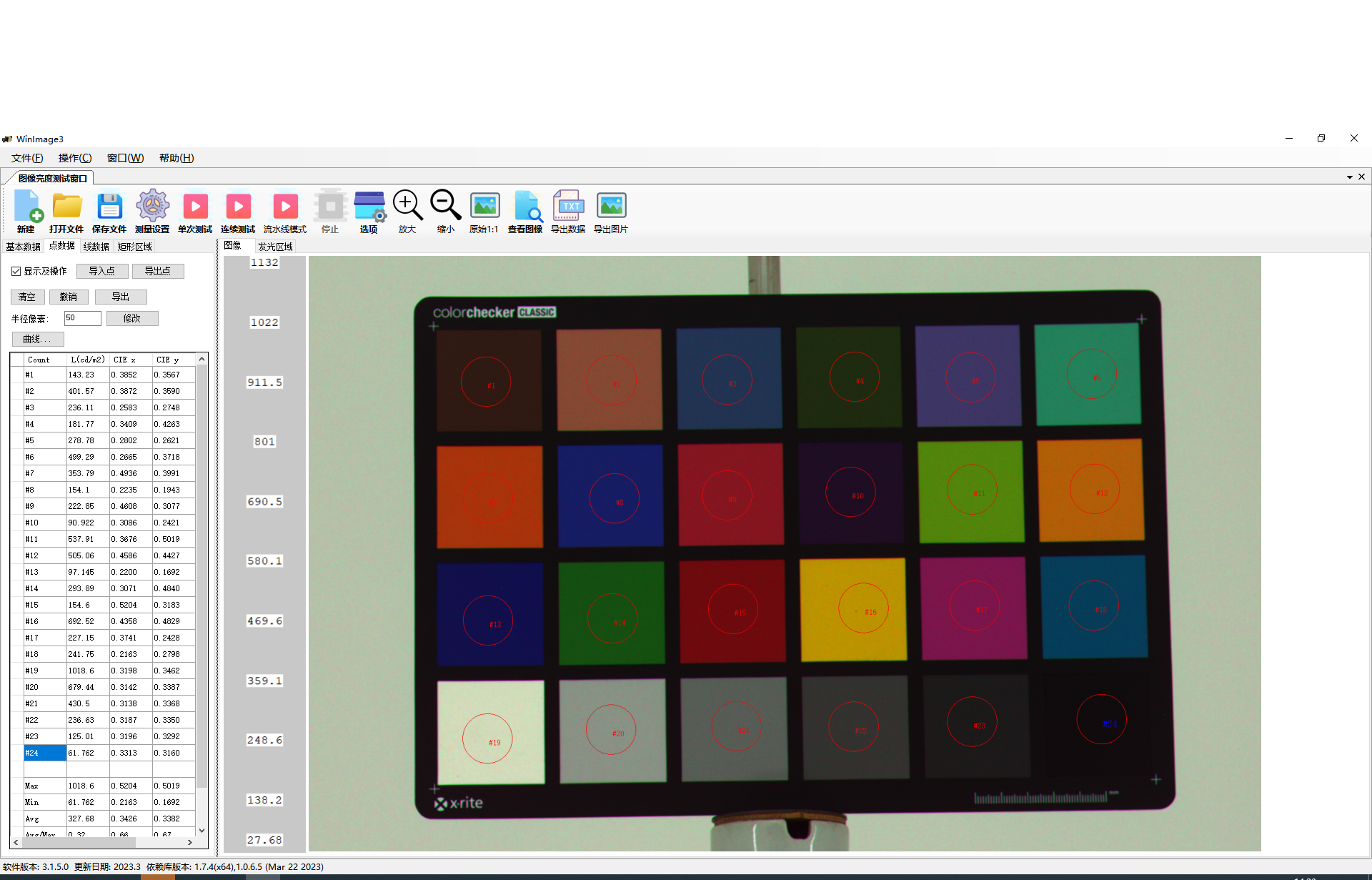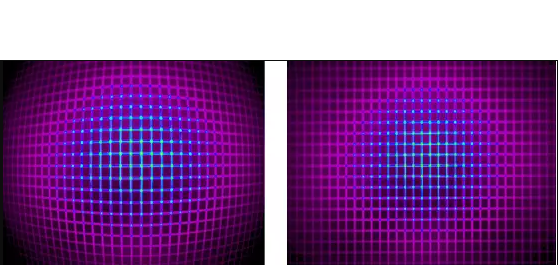irtual reality (VR), augmented reality (AR), and mixed reality (MR) devices rely on the quality of near-eye displays (NEDs) to deliver a seamless immersive or integrated experience. AR/VR/MR displays project visual objects and information in close proximity to the human eye—encompassing the user’s entire angular field of view—so that visual details created by variations in the brightness and color of the display are magnified to create simulated and augmented worlds. However, this proximity also magnifies what would be unnoticeable display defects if seen at a distance.
Subtle defects and anomalies can include:
Non-uniformities in brightness or color
Contrast issues
headset have a critical impact on your users experience, potentially obstructing visualization and device operability. Additional considerations include image distortion and inconsistencies from eye to eye (color, angle, parallax), which can further impact user experience and result in eye strain or even motion sickness. It requires sophisticated inspection capabilities to achieve the product quality customers demand. HOPOOCOLOR has launched an imaging colorimeter.
Principles of AR/VR Technology
VR (Virtual Reality) virtual reality technology allows users to immerse themselves in a three-dimensional computer-generated virtual environment and isolate them from the real environment. Because VR equipment is isolated from the real environment, the technical difficulty is relatively easy, but it also greatly limits the use of the scene. In particular, users who wear VR equipment are prone to dizziness and discomfort, which is considered to be the biggest obstacle for VR to go mainstream. The dizziness and discomfort of VR devices is mainly due to the "motion sickness" caused by the inconsistency between the images seen by users through VR devices and the images perceived by the brain. At the same time, due to the lack of portability and weak interactivity of VR devices, VR devices cannot produce phenomenal applications in scenes other than games in the short term.
AR (Augmented Reality) augmented reality technology can add or remove interactive virtual objects or information generated by computers in real time in the real environment. AR HUD (HeadUp Display) technology allows vehicle drivers to instantly view various information of the vehicle through the information projected on the windshield by the HUD, making driving guidance more intuitive and safe, and can also provide a certain degree of anti-fatigue and sensory reminders, especially in driverless applications, with great potential. AR glasses are more suitable for the user's visual distance and have better interactivity. They are the most suitable virtual reality technology for various phenomenal application scenarios. However, due to the high cost, the current market penetration rate is still low, but major manufacturers have already carried out research and development of AR glasses as the mainstream virtual reality technology in the future.
For measuring headset glasses:
Today's near-eye display devices integrate the highest resolution LCD, OLED, LCOS, projection, and other display technologies, allowing each eye to see more pixels, facilitating an immersive user experience.
The Spectrophotometer series of imaging colorimeters and photometers offers a range of high-resolution sensor options for capturing ultra-fine inter-pixel and intra-pixel uniformity defects. These image sensors are optimized to reduce noise in image acquisition, thereby increasing signal-to-noise ratio (SNR) for accuracy and ensuring the highest quality images for analysis. The lens captures luminance, CIE chromaticity coordinates, correlated color temperature (CCT) data and more to ensure simultaneous consistency across all viewing angles.
Measuring VR/AR Virtual Augmented Reality
Projections of AR and MR displays are superimposed over a user’s visible surroundings to supplement the real world with digital information. As with head-up displays (HUDs) used in the latest automotive and aerospace technologies, these projections must seamlessly blend and interact with physical elements in view at a variety of locations and depths. To function correctly, AR and MR projections require precise control of position, light, and color for viewing on an infinite plane.
Display defects built into AR/VR devices will also be magnified as the display image is magnified to fill the user's field of view (FOV). In order to improve product quality and meet customer requirements, AR/VR dedicated optical testing equipment is used to test the display effect of the display.
HOPOOCOLOR has extensive expertise in this high-precision measurement of visual displays, and this expertise is equally applicable to the measurement of AR and MR displays. Our colorimeter use high-sensitivity, scientific-grade image sensors to measure objects projected onto an infinite plane to localize superimposed objects projected into the surrounding environment. Features of HOPOOCOLOR Imaging Colorimeter:
Features:
A lens that conforms to the structure of the human eye;
The configuration is rich, and the series of instruments can choose models with different resolutions, different cooling methods, different pixel sizes, or even match different machines according to the user's scenarios and needs, so as to provide customers with the most cost-effective solutions that meet their needs;
The data is accurate, the factory provides calibration data of different light sources, and provides user calibration functions to ensure the accuracy and stability of the test data;
The number is customized for the test function of AR VR, and the standard software covers all tests of ARVR, including brightness, contrast, uniformity, etc.;
Low noise, the series of instruments are designed with scientific research-grade CMOS sensors, combined with a semiconductor secondary refrigeration system, which greatly reduces the noise of the instrument.
Software Tools for AR/VR Display Testing
HOPOOCOLOR Software platform helps AR/VR designers and manufacturers to do absolute luminance and chromaticity characterization and analysis. Standard tests include:
Brightness
Color
Uniformity
Contrast
x,y positions given in degrees (°)
These tests have been developed to meet the unique requirements of AR/VR display testing, allowing you to achieve light and color quality and image accuracy for high-resolution displays viewed near-to-eye.
Factory Calibration
Every system HOPOOCOLOR provides is calibrated for a unique measurement application (utilizing customer-specified filters, optics, and other parameters) here at our factory to ensure that absolute data is reliably captured when the system is used for measurement at your facility. A common effect of optical solutions developed for AR/VR display measurement is inherent distortion in images captured by wide-field-of-view optics that are used for full display measurement. HOPOOCOLOR performs distortion calibration on each camera/lens solution to ensure that the system delivered to you for your measurement application will capture normalized images for testing.



